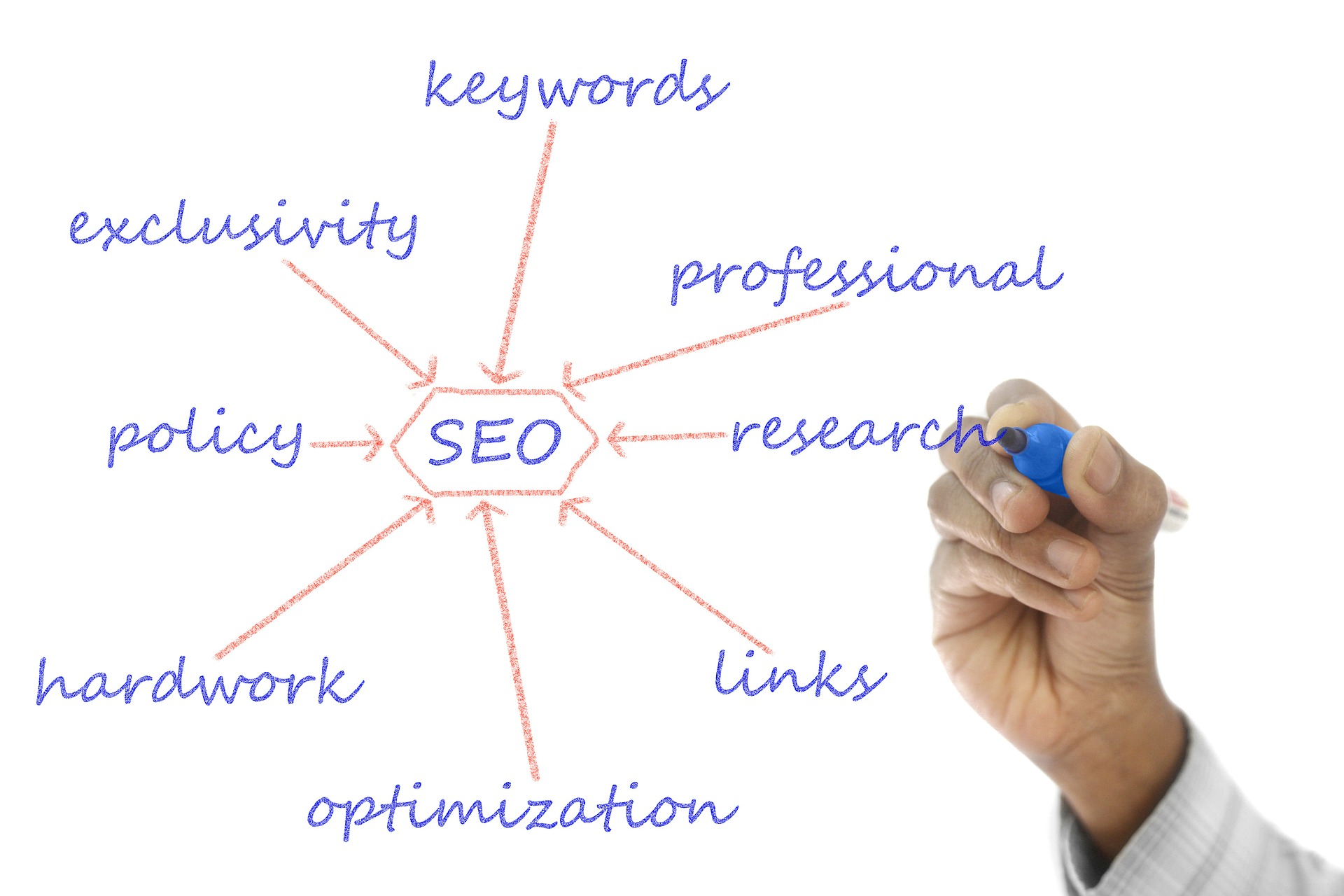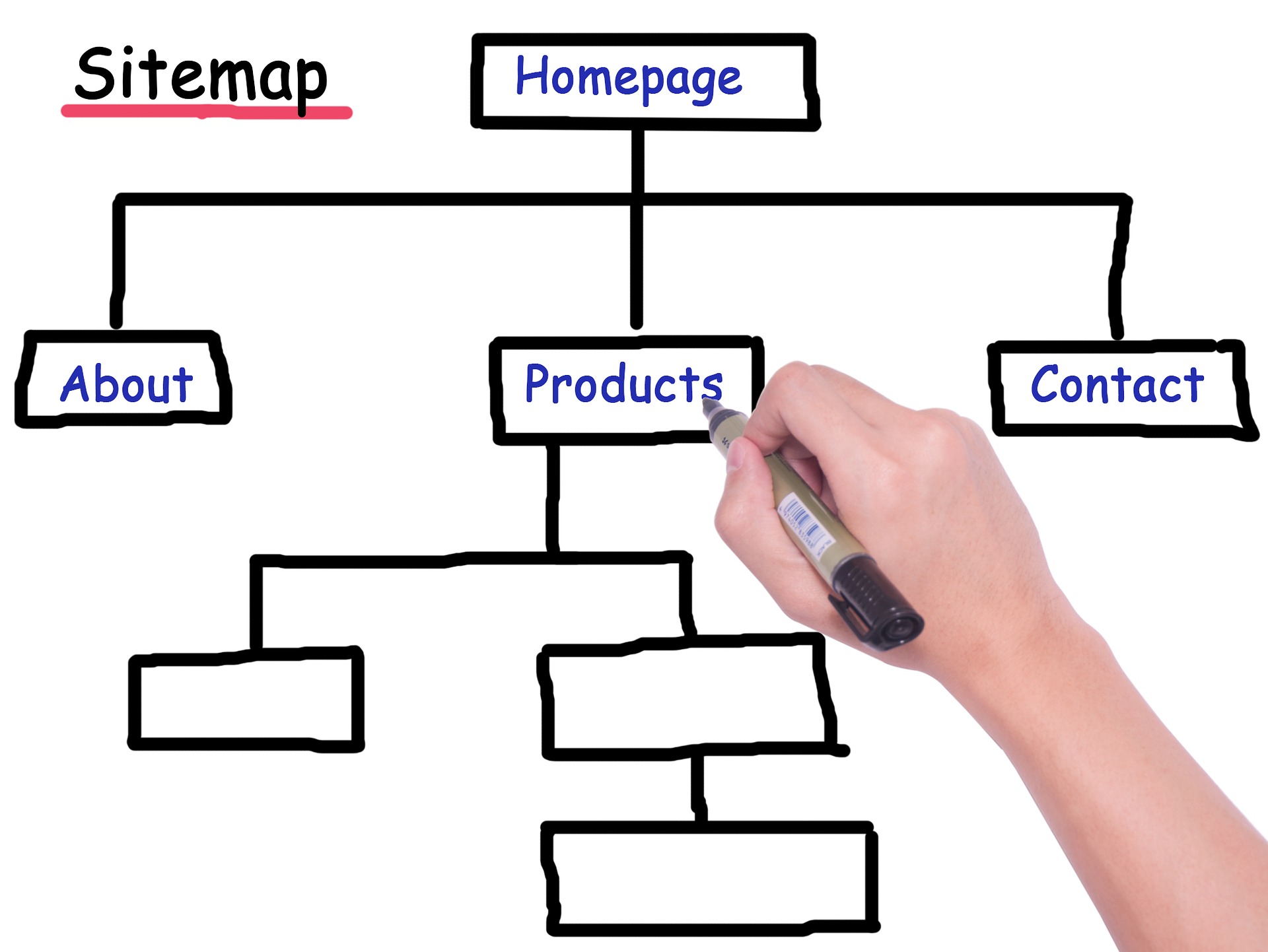Your Google search ranking influences your audience’s awareness of you and the amount of engagement you receive. The better your ranking, the more likely you are to be seen by customers.
However, in today’s age of internet advertising, many businesses choose paid ads over organic search. Money, on the other hand, will not increase your website’s search engine ranking.
With all of that being said, today we are going to highlight some of the most effective ways to improve your rankings in Google. Through the list of the ten suggestions listed below, along with a combined work effort, marketing strategy, and commitment, anyone can see an improvement in their Google search rankings in a short period of time.

Keyword research is key!
To determine the ideal goals for each page on your website, use search data and research your competition. Start with the pages that have the most information and are beneficial to your customers, depending on the size of your website and the resources you have available. Your top one or two product/service pages, for example, or a well-written blog article that gives specific information your consumers are seeking, are both excellent examples.
Write copy that people want to read
You know more about your field than anybody else. Create content that is useful and includes keywords and synonyms that will help Google and other search engines find your website. Include keywords throughout the page to boost your search engine ranking, but don’t go crazy with keyword stuffing. Make sure your content is something that people want to read. To develop clear and appealing messaging, we recommend using the Storybrand method.
Give your page a title to assist search engines and people
The title tag, also known as the meta title, is used by search engines to determine what the page is about. Because your title tag is also the blue link that everyone sees on a search engine results page, be sure it contains the keywords people are looking for. This title is distinct from the bold heading that everyone sees on your page, usually the heading tag. As a result, you can create one title for the search engine results page (SERP) and another heading for your webpage if it helps you obtain more clicks.
Use HTML header tags to create pages
The most significant heading on the page is the first heading or H1 tag. The H1 tag is usually the first thing a visitor sees when they arrive at your website. Header tags are frequently used for style. However, they should be utilized to organize information instead.
One of the most effective strategies to increase search engine ranking is to employ subheadings. Heading tags have more weight in search engines than ordinary content, making it easier for users to browse the page. If you’re having difficulties updating your heading tags, you’ll almost certainly need to hire a developer to make the necessary changes.
Give your URLs purpose
Don’t be one of those people that ignore the URL of the page! Keyword research should also be applied to URLs. The name of the page will show in the URL if you use a CMS like WordPress. Check the URL and what you named the page before launching it.
Link to additional pages inside your site
You’ll frequently find yourself referring to other things that you’ve already written when creating content for the page. Selecting a sentence and adding a hyperlink to the blog post or page you’re addressing is internal linking.
These links will encourage some readers to go through and read your other pages, but search engines will also crawl them. Anchor text refers to the terms that you hyperlink. This provides context to the user and search engines about the website you link to. Therefore it’s critical to utilize relevant keywords in the hyperlink.
All of your photos should have ALT tags
Images visually support the message on the page. Users and search engines alike adore them. As a result, every one of your photos should include descriptive (keyword-rich) ALT tags. Alt tags also make your site more accessible, which might help you avoid a lawsuit under the Americans with Disabilities Act.
Page speed and mobile-friendly design
It’s no secret that mobile visitors are increasingly visiting your website. Check to see if your website is mobile-friendly. Optimize graphics, code, and content to ensure that each page loads quickly. Slow websites will lose visitors, and search engines will notice. This is why having a quick website can help you rank higher in search engines. When it comes to making your website rank, you need great content, but website design and development are crucial.
Avoid duplicate content
Search engines favor new and unique information. Find any duplicate content and change it significantly or delete it entirely. Saying the same thing over and over has no benefit, and Google will punish you for it. You’ll most likely have duplicate content in one of two circumstances.
You’ve written a lot of content over the years and sometimes forget that you or someone else has already written a page or blog post on the same subject. This isn’t a total duplicate, but if the information overlaps considerably, you should combine it into a single powerful page.
Your website contains numerous versions of the same page that you aren’t even aware of. You can also use a site checker tool to help in the process of finding and removing any duplicate content from your site as well.
This may be the result of someone duplicating a page by accident, or you’ve made numerous copies for different languages or tracking. You can use a canonical URL to tell search engines that you copied a page on purpose. If you need canonical URLs, the Yoast plugin for WordPress makes it simple to do so.

Make an XML Sitemap and keep an eye on crawl errors
Sitemap submission
Search engines will index your pages faster if you provide a sitemap. After you’ve validated your site with Google Search Console in the first step, you may submit your sitemap to Google. You may also submit a sitemap using Bing’s webmaster tools dashboard.
Crawl warnings and errors
Search engines also crawl Links on pages. To give your site the best chance of ranking high, keep an eye on any mistakes or broken links and correct them or establish redirects. On Google, you can discover free broken link checkers.
Google Rankings Improvement Summary
Search engine optimization isn’t just a trend that will fade away shortly. It’s something your website should focus on right now, as well as in the future. If you’re just getting started with SEO, you’re already behind, but it’s not too late to apply the ten steps outlined above.
